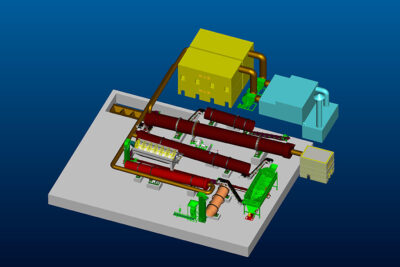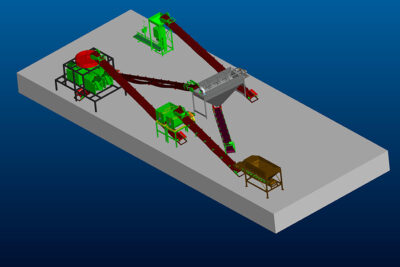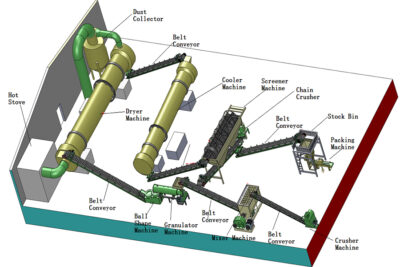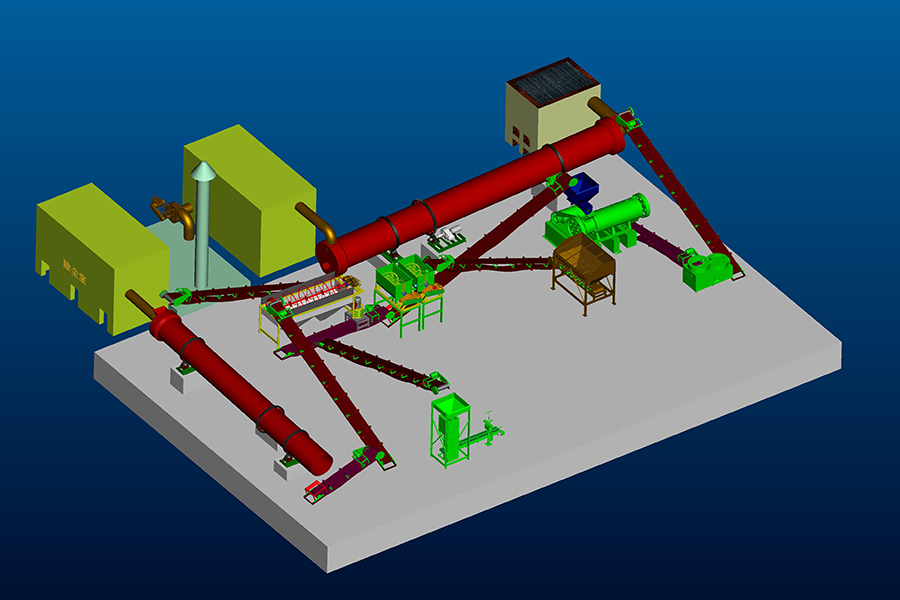

Bio Fertilizer Plant
-
- Production Capacity:1-30t/h
- Available Materials: animal manure., composts, powder, bio fertilizer materials, etc.
- Complete Set of Machines:Provided
- Installation Service:Provided
- Applicable Industries:organic manure waste recycling plant, animal farm, poultry farm, fertilizer factories,etc.
Get Price Now!
Description
Bio-fertilizers have a long history in my country. The early bio-fertilizers were mainly applied with rhizobia or other microbial fertilizers alone. After a long period of research, it has been developed into a multi-functional compound fertilizer that combines microbial fertilizers with other organic and inorganic fertilizers. Biological compound fertilizer can not only provide nutrients such as nitrogen, phosphorus and potassium for crop growth like ordinary compound fertilizers, but also fix nitrogen in the air through the action of microorganisms in the process of plant growth and growth for plant growth. Through the action of microorganisms, it can decompose various organic or inorganic minerals that are difficult for plants to absorb in the soil into substances that plants can absorb. It has quick-acting and long-acting effects and ensures stable and high yield of crops without reducing soil’s fertility.
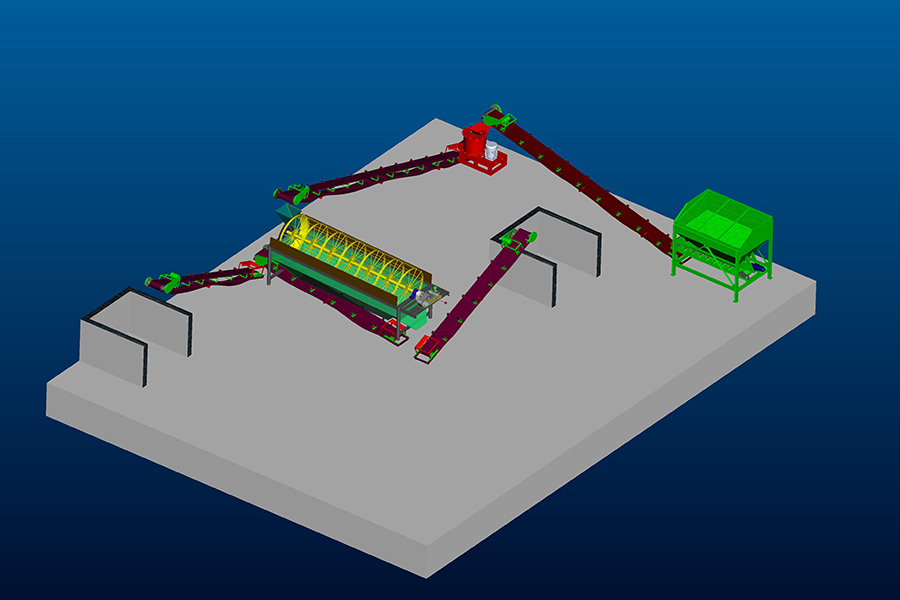
Biological compound fertilizer mainly includes three parts
Carrier raw material for bio fertilizer production lines
One is the carrier raw material, which is used to carry microorganisms or provide basic conditions for biological fermentation. Such raw materials can be industrial waste or urban and rural domestic waste, sludge, livestock manure, etc., or lignite, bone meal, peat soil, fish meal, peat, oil meal, etc.;
Microbial bacteria for bio manure production process
The second is microbial bacteria. The microbial bacteria used in biological compound fertilizers should meet two basic requirements, not only to have a synergistic effect on crop growth, but also to meet the processing conditions of compound fertilizers and the performance of long-term storage without deterioration.
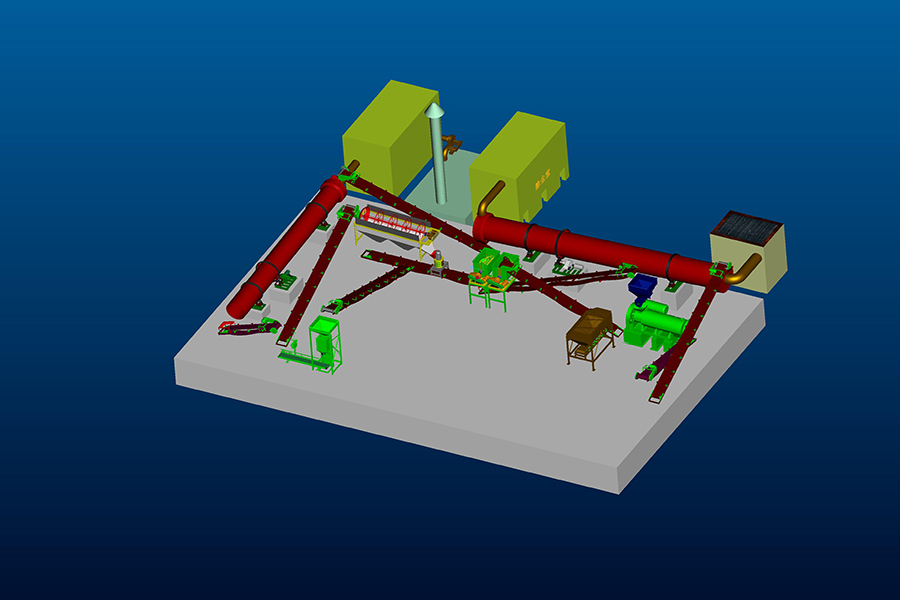
Such microorganisms include helium-fixing bacteria, spore complex bacteria, nitrifying bacteria, gas bacteria, thiobacillus, potassium bacteria, phosphorus bacteria, etc.;
Inorganic fertilizers for bio npk fertilizer production lines for sale
The third is other fertilizer nutrients, including inorganic fertilizers, organic fertilizers, and trace element fertilizers. In the production of biological compound fertilizers, about 10% of microbial fungi, about 50% of organic or inorganic fertilizers, and about 30% to 40% of other materials.
Bio Compound Fertilizer Production Process & Equipment for Bio NPK Fertilizer Manufacturing Factory
The production process and equipment of biological compound fertilizer are basically the same as those of ordinary compound fertilizer, except that the microbial fermentation process is added, which is mainly carried out in the fermentation tank. Supplementation and mixing are uniform, and the supplementation of oxygen is to air the fermenter with a compressor. For other equipment, please refer to the production part of ternary compound fertilizer.
Where can you use the biological compound fertilizer made by the bio compound fertilizer production line?
The application of biological compound fertilizer is the same as the application of ordinary organic compound fertilizer. It can be used as base fertilizer or top-dressing fertilizer, and can be used for the growth of various crops. At the same time, in order to improve fertilizer efficiency, other inorganic fertilizers (such as urea, etc.) can also be used according to the type of crops.) to apply. The comparative application effects of biological compound fertilizers and other compound fertilizers on different crops are shown in Table 6-28.
Fertilizer efficiency made by the compound bio fertilizer production line
The test results show that the fertilizer efficiency of the biological compound fertilizer is equivalent to that of the common ternary compound fertilizer. Compared with the same nutrients, the yield of rice increased by 22.2%, the yield of peanuts increased by 21.6%, the yield of watermelon increased by 34.4%, the yield of tea increased by 13.9%, and the yield of rapeseed increased by 18. %, and the yield of tobacco leaves increased by 11.7%.
